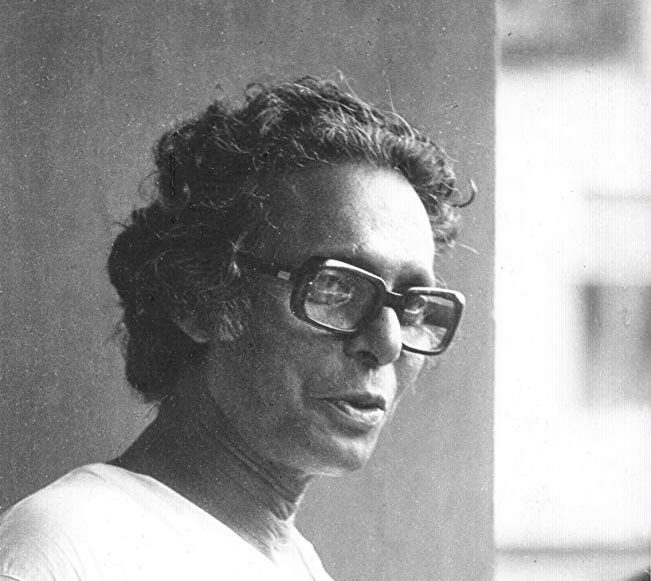Mrinal Sen was a noted Kolkata based Bengali writer, director, producer, and filmmaker. Together with contemporary stalwarts Satyajit Ray and Ritwik Ghatak, he was considered one of the greatest ambassadors of regional and Bengali parallel cinema.
Born to a Hindu family in the town of Faridpur, now in Bangladesh, this physics postgraduate from the University of Calcutta was as a student, an ardent follower of Marxist philosophy, and his association with the socialist Indian People’s Theatre Association(IPTA), cemented it further.
When just eight years old, he was arrested for participating in a protest march. The same year, he saw his first film, Charlie Chaplin’s Kid, which sparked his interest in cinema. His stumbling upon a book on film aesthetics whetted his interest, but it remained mostly intellectual, as he was forced to take up various jobs, and finally as a sound technician in a film studio, his film career was launched.
Commercial cinema ruled then, but Sen differed from the rest and chose to make films intensely society centric, essentially affecting the middle class mores. Sen made his first debut feature film, Raat Bhore, in 1955 with the iconic Uttam Kumar, then unknown. His next film, Neel Akasher Neechey (Under the Blue Sky), a depiction of the attitude of the haves towards the have-nots, was the first film to be banned in independent India by the Nehru government, but lifted three months before its release, to wide local acclaim. His third film, Baishey Shravana, gave him international exposure.
What finally launched him as a major filmmaker, both nationally and internationally, and also initiated the New Cinema film movement in India was when he made the film Bhuvan Shome, with a paltry Government of India budget. His next few overtly political films earned him his reputation as a Marxist sympathiser at a time of large-scale political unrest throughout India, particularly in and around, the then Calcutta. He later shifted his focus, looking for the enemy within his own middle-class society.
Sen’s serious and forbidding demeanour masked a raconteur. He artistically depicted poverty as a social menace inflicted by class differences. His content driven, issue based realistic cinema appealed to the global diaspora, besides creating ripples in the Indian film industry. Urging us to look into the politics behind our mundane existence, he left most of his films open-ended.
Parallel cinema was ushered by him in the country with masterpiece films like Ek Din Achanak, Padatik, Mrigaya, Akaler Sandhane, Chorus, Kharij, Khandahar, Bhuwan Shome, Akash Kusum and Calcutta 71. He then moved away from the narrative structure and worked with very thin storylines. At the age of eighty, after a long gap of eight years, in 2002, he made his last film, Aamar Bhuban, which went missing mysteriously. The Calcutta Trilogy which included three films: Interview, Calcutta 71, and Padatik, was his most defining work, where the city he loved was featured almost as a character and inspiration. But he is also accused of helping whitewash the numerous sins and crimes committed by the communist regime for 35 years in West Bengal, through his ‘propaganda’ movies.
A recipient of 12 international film awards, he has had retrospectives in almost all major cities of the world and served as a member on many international juries. He won 27 national awards for best feature and direction for many of his films. In 1983, he was conferred with the Padma Bhushan and in 2003, the Dadasaheb Phalke Award. He was a Rajya Sabha member between 1997 and 2003. In 2017, he was inducted as a member of the Oscar Academy and also elected President of the International Federation of the Film Societies.
In 2004, he completed his autobiographical book, Always Being Born. The legendary man behind the camera who died in Kolkata aged 95, of a heart attack, left a rich legacy of films. With his demise also came the end of the legends of the golden era of parallel cinema.


 [/column]
[/column]